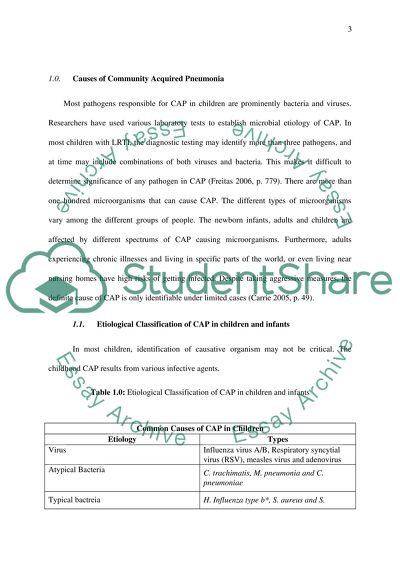Cite this document
(“Community acquired pneumonia (CAP) is a significant cause of Essay”, n.d.)
Community acquired pneumonia (CAP) is a significant cause of Essay. Retrieved from https://studentshare.org/health-sciences-medicine/1492662-community-acquired-pneumonia-cap-is-a-significant
Community acquired pneumonia (CAP) is a significant cause of Essay. Retrieved from https://studentshare.org/health-sciences-medicine/1492662-community-acquired-pneumonia-cap-is-a-significant
(Community Acquired Pneumonia (CAP) Is a Significant Cause of Essay)
Community Acquired Pneumonia (CAP) Is a Significant Cause of Essay. https://studentshare.org/health-sciences-medicine/1492662-community-acquired-pneumonia-cap-is-a-significant.
Community Acquired Pneumonia (CAP) Is a Significant Cause of Essay. https://studentshare.org/health-sciences-medicine/1492662-community-acquired-pneumonia-cap-is-a-significant.
“Community Acquired Pneumonia (CAP) Is a Significant Cause of Essay”, n.d. https://studentshare.org/health-sciences-medicine/1492662-community-acquired-pneumonia-cap-is-a-significant.


